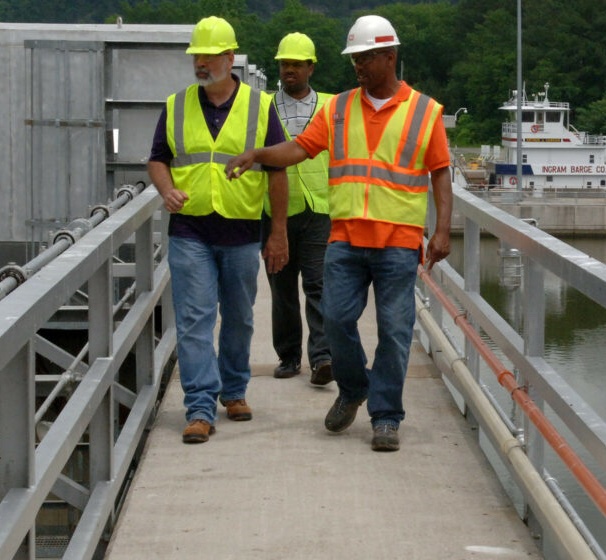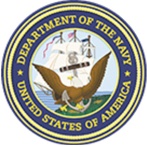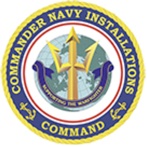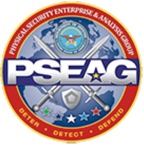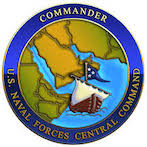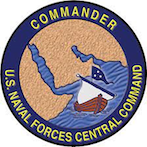When the American guided-missile destroyer USS Cole was attacked by Al-Qaeda while refuelling in the Yemeni port of Aden a decade ago, the world woke up to a new threat. The group approached the ship in a small boat, detonating shaped charges that tore through the hull, killing 17 crew members and injuring 39. The risk posed by boats to onshore assets is acute. Small launches or other similar vessels can be obtained cheaply and deployed quickly, while high volumes of traffic provide ample cover for pirates and other hostile groups, and make identifying threats difficult.
Traditional maritime security systems have relied on active components to detect and disable attackers, but, says Paul Jensen, CEO of HALO Maritime Defense Systems, such measures often leave gaping holes in lines of defence.
“Patrol boats or other similar systems are ineffective at dealing with this kind of situation,” he says. “It’s very difficult to keep vessels out 24/7 patrolling large areas of water; it is a tremendous resource-drain. You need skilled back-up and replacement crews, and strict rules of engagement are required to avoid another Cole-type incident.” The company’s HALO Barrier is designed to provide the foundation upon which to build an effective maritime security plan – one that is persistent, pervasive and passive – imposing real control over the area surrounding a facility. It provides 24-hour reliability, can cover large expanses of water and is not dependant on manpower and costly electronics. While highly engineered, the underlying technology is simple. The barrier consists of two 8ft-high plastic composite walls, deployed in a floating catamaran structure in 60ft modules. It has a projected lifespan of 15 years and individual units can be easily replaced.
The barrier uses the force of the water between the two walls to disperse the kinetic energy of a collision, stopping even a speedboat dead, while its catamaran design provides stability to insure seaworthiness and offer an offshore platform for the deployment of cameras, sensors and other surveillance and interdiction technologies. Deployed away from the shore, the only way for a boat to approach a facility is by passing through a heavily guarded interdiction zone, left open to allow normal traffic – including the largest tankers – in and out. The aim is to provide security without compromising the smooth running of a facility.
“In what I call the unengaged mode, it’s business as usual,” Jensen explains. “It doesn’t disrupt the normal tempo of activity – in fact, that’s the last thing we want to do.”
The security of the passageway can be guaranteed by a mix of non-lethal weapons such as long-range acoustic devices (LRADs), water cannon or tear gas launchers. Should a boat pass through these defences, a single patrol craft is sufficient to guard the water within the barrier. Along the perimeter The HALO Barrier provides a platform for the deployment of other electronic systems, such as underwater detection devices, at a distance from the shore, boosting their usefulness and effectiveness.
Ideally, a security system will have even greater scope, extending beyond the horizon. Miles from the shore, traffic can be identified and classified. If a vessel approaches closer it can be warned off using LRADs or unmanned intercept craft. Anyone ignoring these messages will have to counter the barrier itself or pass through the interdiction zone, by which point the onshore facility will have been alerted and manned patrol vessels launched. “Security is all about reaction time,” says Jensen.
The HALO Barrier is an ocean-ready, stable platform that provides the baseline for an effective security solution, and although it is a simple concept, it provides vital control in often chaotic maritime conditions, turning the size of boats against them and eliminating their advantages in terms of speed and low profile. By managing the environment effectively, it is possible to counter threats without the need for large numbers of active systems.
This article first appeared in Oil & Gas Agenda, July 2010, published by Global trade Media Limited www.globaltrademedia.com.
For more information, phone at 603-259-4400 or email info@halodefense.com
